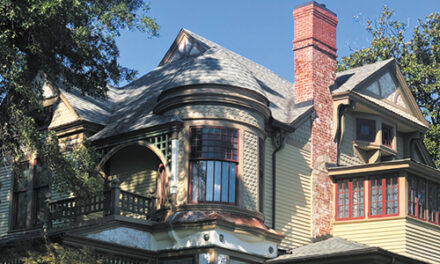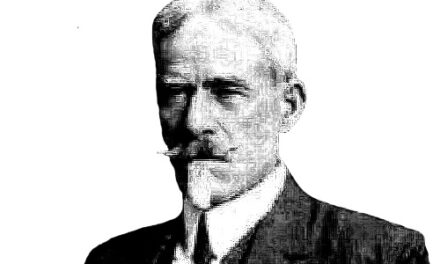
Last week, an unconventional election took place. Instead of in November, citizens of Hickory cast their vote in July for competitive municipal races. An interesting wrinkle in Hickory’s selection process, but it did not match what was at stake when voters went to the polls on July 6, 1931. In their hands were ballots to determine just how big Hickory was going to be.
In the first days of incorporation, boundaries for the town extended only 1,000 yards from the Western North Carolina Railroad depot in Union Square. An extension took the limits to a mile but no further. Yet, by the early 20th century, the city was growing much faster than that. In fact, the overflow spawned new towns to both the east and west. Northeast of Hickory, where the furniture factories located (and are still there) a community unto itself called Highland developed. To the west the same thing, variously called Berryville and/or West Hickory.
In 1928, city leaders began to consider the value of uniting. They waged a campaign to create a “Greater Hickory.” It took three years to get the referendum on the ballot but by the spring of 1931 the topic was hotly debated. Not everyone was in favor. The two subordinate municipalities actual filed a lawsuit to keep the vote from happening. They wanted a restraining order to halt the plebiscite.

A postcard of Hickory from the era in which voters consolidated surrounding towns.
Two days before the election, Superior Court judge Walter E. Moore heard arguments in the case, but since it was the talk of the town, citizens in all three locales wondered if their vote would matter at all, which threw doubt on the whole process. Even worse, Judge Moore did not rule prior to the election. Would the vote of the 2,000 people who came out to register their opinion even matter? Ironically enough, the number of voters matched the total of those who cast ballots in the 2022 election. No one knows how the turmoil affected turnout but with a total population of eligible voters in 1931 of 3,000, a majority still made their voice heard.
Election day came and went. Folks voted but no outcome was announced. The results remained sealed and when Judge Moore finally handed down a decision dissolving the restraining order, another ten days had to pass before the voters knew whether Hickory would absorb Highland and West Hickory or not.
When the vote was announced, the choice was clear. By a margin of 1,000 votes, the citizens of all three towns signaled that they wanted to merge. West Hickory accepted the union, Highland did not. They appealed the case to the North Carolina Supreme Court, who ruled the following January. The already announced outcome could proceed toward merger the court said.
The election changed Hickory in fundamental ways. Immediately it went from a small town to one of North Carolina’s mid-sized cities, putting population numbers over 10,000. That benchmark catapulted Hickory into a strata that by the 1940 Census, allowed “Greater Hickory” now just called Hickory, to become the 15th largest city in North Carolina. (As of 2020, Hickory ranks 24th) It might have been even larger but the adjacent towns of Longview and Brookford resisted inclusion in the 1931 vote.
To say it was a big day in Hickory (though it took six months to confirm) doesn’t begin to consider the impact of the referendum. Though Hickory has had its share of contentious elections, there was none like the decision of voters in 1931.








